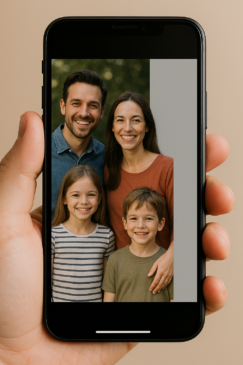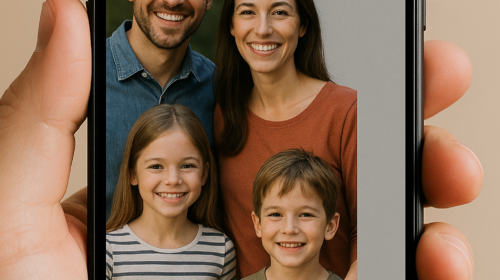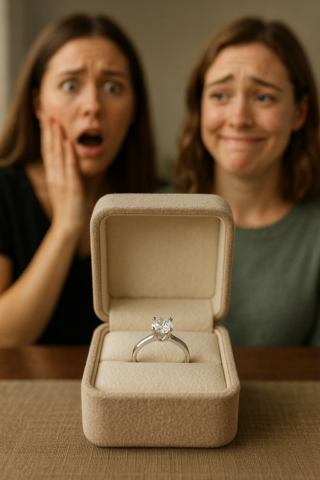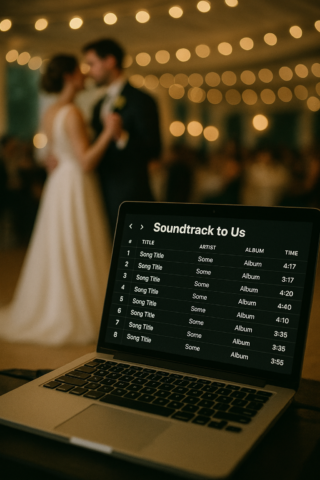It was a Sunday evening when I noticed the notification on my phone—Ben had posted a new photo on Instagram. We’d just come back from a weekend trip to the mountains, and I assumed it would be one of the group shots we’d taken by the cabin.
I opened the post, smiling in anticipation. But my smile quickly faded.
There it was—a picture of Ben with the kids, standing in front of the cabin. The same shot I remembered… except I wasn’t in it.
The Crop
The original photo had all four of us—me, Ben, our son, and our daughter—smiling in the crisp autumn air. But in his post, the left side was cleanly cropped, cutting me out entirely.
The caption read:
“Best weekend with my favorite people.”
I stared at it, trying to process. Was this intentional? Did he not realize what message that sent?
The Immediate Reaction
When I asked him about it later that evening, he looked confused. “Oh, I didn’t even think about it. I just liked the shot of me and the kids.”
“But you cropped me out,” I said, keeping my tone steady. “It’s not just a photo—it’s our family. Why would you share that as the memory?”
He frowned. “I wasn’t trying to exclude you. I just thought it was a nice picture.”

Why It Hurt
It wasn’t about social media vanity. It was about representation. That weekend had been a family trip, something we’d planned and enjoyed together. Seeing myself erased from the visual memory he chose to share made me feel invisible, like my role in that memory wasn’t important enough to show.
The Conversation
I explained, “When you post something like that, it tells a story—and the story it tells is that it was just you and the kids. I don’t want to be erased from moments we share as a family.”
He nodded slowly. “I see your point. I didn’t mean it like that, but I get how it looks.”
His Response
To his credit, he took the post down that night and replaced it with the original photo, captioning it:
“Best weekend with my favorite people—all of them.”
The gesture mattered, but the initial sting still lingered.
Looking Back
It wasn’t the first time something like this had happened—maybe not as blatantly, but I’d noticed before that he tended to post pictures of the kids more than ones that included me. I’d always brushed it off, but now I realized how much those patterns can matter.
Lessons Learned
Social media isn’t just a scrapbook—it’s a public narrative. The choices we make about what (and who) to include say something, even if we don’t mean for them to.
In relationships, being mindful of that narrative is part of showing respect and appreciation for each other.
Moving Forward
Since then, we’ve been more intentional about the pictures we post. Sometimes that means posting group shots, sometimes solo pictures, but always making sure the story matches the reality.
And I’ve learned that if something bothers me, it’s better to speak up right away than let it fester.
Final Thought
A picture might be worth a thousand words, but the absence of someone in that picture can speak even louder. In relationships, inclusion isn’t just about being there—it’s about being acknowledged.



